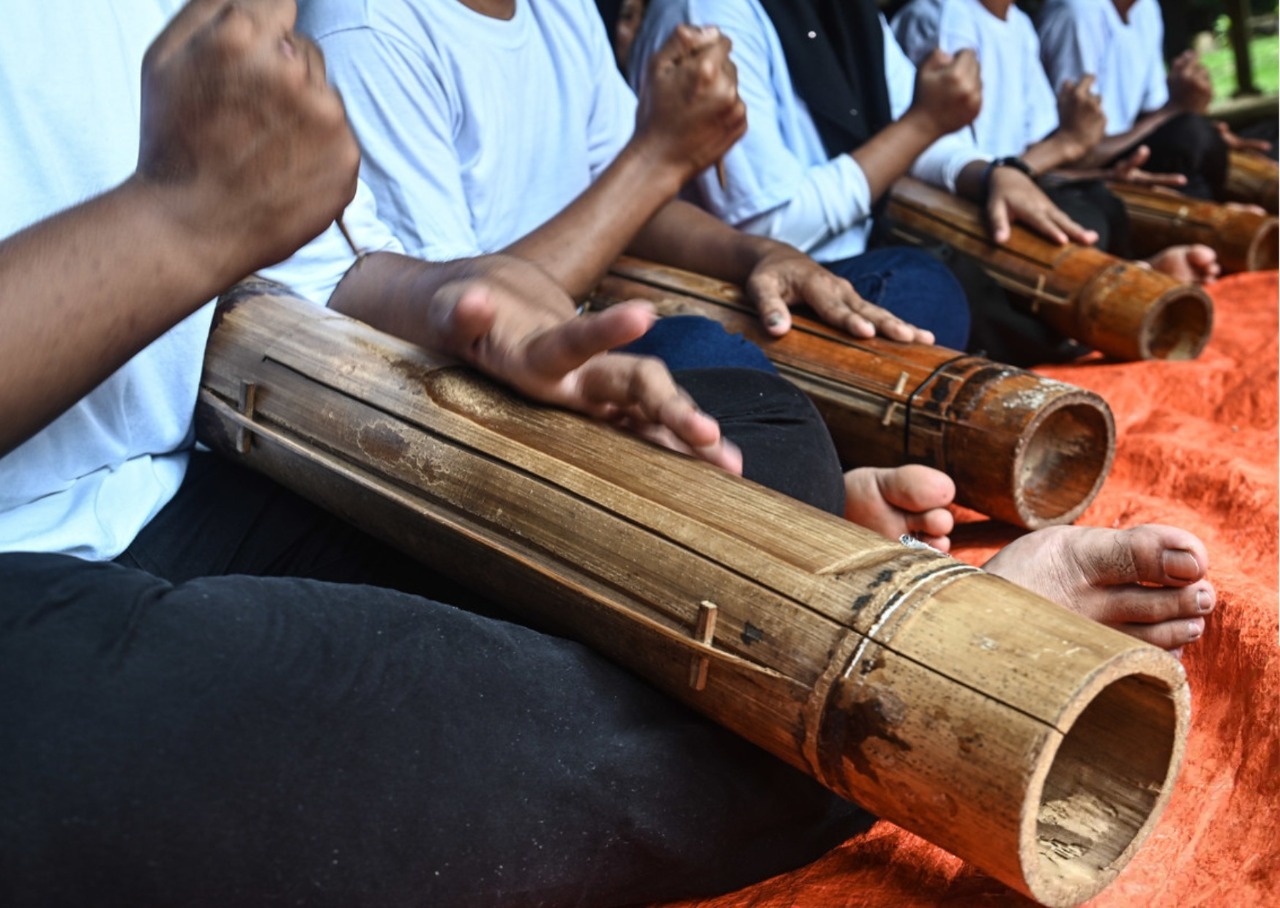ARTS AND CULTURE INFORMATION GATEWAY
Immerse yourself in the colorful world of art and culture! From traditional heritage to contemporary works, discover uniqueness that reflects the nation's identity and identity
KERTUK ULU
Picture
4
Video
Available
Today's Visitor
1
Number of Visitors
1261
Introduction and history
Kertuk Ulu is a unique form of traditional music found exclusively in the Hulu Terengganu district, specifically in Kampung Baong, Kuala Berang. Originally known as "Gendang Batak", it is believed to have been created by the renowned warrior Mat Kilau during his stay in the area. While waiting for his upland rice (padi huma) to ripen, Mat Kilau used bamboo stalks to create rhythmic sounds to scare away birds that disturbed the crops. Over time, these sounds evolved into a drumming rhythm associated with silat martial arts, which became known as Gendang Batak, as no official name existed at that time.
In its earliest form, the music was performed using only silat-style drum rhythms without the accompaniment of other musical instruments. However, in 2002, efforts to revive and reintroduce this musical art were spearheaded by Tuan Haji Ali bin Ismail, together with local villagers. Their efforts were supported and advised by several cultural practitioners and officers from the Terengganu branch of the National Department for Culture and Arts (JKKN). Recognizing that the term "Gendang Batak" was less appropriate, the name was officially changed to "Kertuk Ulu" in 2004.
Following this rebranding, the Kertuk Ulu ensemble began to gain greater prominence and was showcased in various locations across Terengganu under the promotion of JKKN Terengganu. To popularize the performance further and appeal to a wider audience, additional musical instruments were introduced, creating a more harmonious and dynamic sound. Moreover, the repertoire has been expanded to include popular songs, such as dikir barat melodies, to attract younger generations and adapt the performances to contemporary tastes.
Originally, Kertuk Ulu served as a form of village entertainment that emerged spontaneously from the daily activities of the residents of Kampung Baong, Kuala Berang, Hulu Terengganu. According to oral accounts from the local community, particularly from Tuan Haji Ali bin Ismail, this musical instrument was first played while the villagers were planting and waiting for their upland rice (padi huma) to ripen. During this period, the villagers used peeled and carved bamboo stalks to produce sounds intended to scare away birds from damaging their rice crops. Over time, the rhythmic sounds they created gradually evolved into a form of musical entertainment for all the villagers.
As it developed, the function of Kertuk Ulu extended beyond merely serving as entertainment in the fields. When it was revived and officially introduced to the public in the early 2000s, Kertuk Ulu began to play a more significant role as an essential component of cultural and heritage events in the state of Terengganu. Today, it is frequently performed at various official functions such as state cultural festivals, traditional celebrations, government ceremonies, and as part of the program at the Terengganu Cultural Village.
Beyond its entertainment value, Kertuk Ulu now serves as a vital medium in the effort to preserve the unique cultural heritage of Hulu Terengganu. Its performances not only showcase the creative ingenuity of the local community but also strengthen the region's cultural identity and serve as an attraction for visitors seeking to experience the richness of Terengganu’s artistic traditions. By incorporating elements of modern music and popular dikir barat songs, Kertuk Ulu has also successfully captured the interest of younger generations, encouraging them to appreciate and continue the legacy of this traditional art form.
In Kertuk Ulu performances, there is generally no specific dress code required for the musicians. In most casual or informal performances, the performers typically wear simple attire consisting of a white “Pagoda Shirt” paired with black trousers. This choice of clothing maintains a sense of modesty, allows for comfort while playing instruments, and reflects the relaxed, village atmosphere in which the performance often takes place.
Photo 2: Musician Attire
Source: Bernama
However, for more formal occasions or when representing the state, some Kertuk Ulu ensembles opt for coordinated traditional attire that embodies Malay cultural identity. In these situations, the musicians wear the full Malay traditional attire known as “Teluk Belanga”, complemented by a tanjak (traditional Malay headgear). The color of the outfits is usually selected to match the theme or formality of the event, lending the Kertuk Ulu performance a more official and prestigious appearance, while remaining true to the elegance of Malay cultural heritage.
The main instrument used in Kertuk Ulu performances is highly distinctive and differs from most other traditional Malay musical instruments. The core instrument is crafted from a section of bamboo approximately two feet in length. The bamboo is hollowed, carved, and etched along its center to create a tongue-like surface. Several strands of string are then tied around the bamboo body, resembling the string arrangement of a traditional kecapi (Malay zither).
The sound is produced by plucking the strings with a small bamboo stick about a handspan in length. Each pluck generates a tone that resembles a blend of bass guitar and drumbeat, creating a deep, resonant rhythm. This distinctive tone is what gives Kertuk Ulu its unique musical identity.
As part of efforts to enhance and modernize the performance, several additional instruments have been incorporated to enrich the overall harmony. These supplementary instruments commonly include:
Tambourine – adds rhythm and light decorative tones to complement the core melody.
Rebana (Frame Drum) – provides an additional rhythmic layer, strengthening the primary beat.
Canang (Small Gong) – produces sharp gong-like accents, often used to highlight transitions or climactic moments in the performance.
Kertuk Ulu performs a distinct uniqueness within the realm of traditional Malay music. Unlike many other traditional performances that often incorporate elements of dance or stage movement, Kertuk Ulu focuses entirely on the musical and vocal aspects. There are no choreographed dance routines; instead, the beauty of the performance lies in the blend of sounds and rhythms produced by the primary instrument, accompanied by vocal melodies.
In its traditional form, Kertuk Ulu music is performed exclusively using the main bamboo instrument, known as the gendang batak or kertuk ulu. Performances typically begin with plucking the instrument to establish the basic rhythm. This is followed by singing, usually in the form of folk songs or pantun (traditional Malay quatrains), performed in a call-and-response manner among the musicians. The performance emphasizes harmony between the instrumental sounds and the vocals.
Mr. Adam bin Isa is the protégé and apprentice of Tuan Haji Ali bin Ismail, who was responsible for developing Kertuk Ulu in Kampung Baong, Kuala Berang, Hulu Terengganu. He began participating in the Kertuk Ulu ensemble in 2001, at the age of 31. Currently, he has taken over the role as the group leader, instructor, and resource person in the art of Kertuk Ulu. Under his guidance, three successor groups have been established: one within the local community, one at the primary school level, and one at the secondary school level. In addition, the Kertuk Ulu ensemble from Kampung Baong has received numerous invitations to perform, including appearances in Kuala Lumpur, Johor, and Penang.
Reference Source
Ahmad, A. T. (2008). State museums and their representations of the past in Malaysia. Journal of the Malaysian Branch of the Royal Asiatic Society, 81(2), 45–70. Ching, C. C. S. (n.d.). The lakes, forests and the people: Sources of inspiration for the compositions of music and songs among the Semelai people of Tasek Bera, Pahang. Tokoh (jika ada temu bual tokoh) Encik Adam bin Isa. Kumpulan Kertuk Ulu Kampung Baong. No 68. Kampung Baong, 21700 Kuala Berang, Hulu Terengganu, Terengganu.
Location
State JKKN Contact Information
Encik Azaha Othman
Cultural Officer
Jabatan Kebudayaan dan Kesenian Negara Terengganu
Kompleks JKKN Terengganu
Kuala Ibai,
20400, Kuala Terengganu,
TERENGGANU DARUL IMAN
09-617 8831












